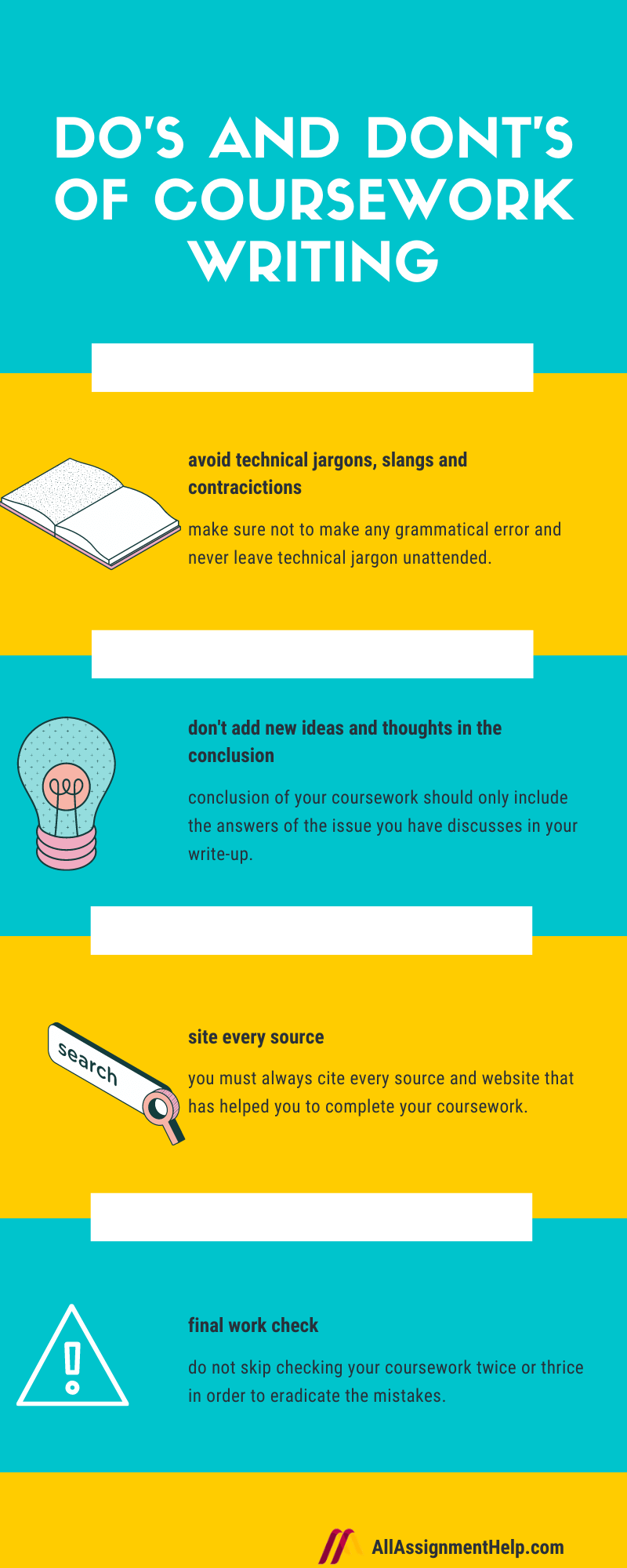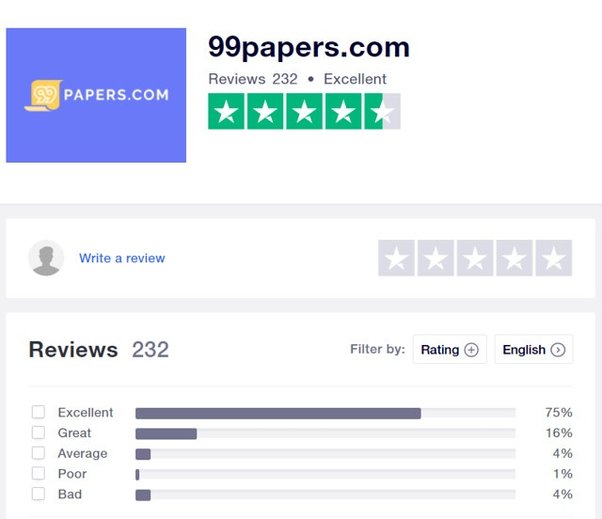How to Write a Conclusion for Coursework

Learning how to write a conclusion for coursework is critical for academic success. It’s important to keep in mind the guidelines set forth by your professor when crafting this part of your coursework. Avoid using cliche conclusion sentence starters to leave a lasting impression. Instead, use innovative ways to summarize the main points and make a statement that rephrases your thesis. The following tips will help you come up with the perfect conclusion for your coursework.
Avoid cliche conclusion sentence starters
Avoid cliche conclusion sentence starters for your coursework. Many students use overused phrases as conclusion sentence starters in essays and other types of academic writing. Your thesis statement should be included in both the introduction and the body of your work. You should avoid writing long sentences that are confusing and difficult to follow. The following are some examples of good conclusion sentence starters:
‘Excellent’ and ‘best’ are common words used for summary sentences. These phrases don’t add meaning to the text and dilute the quality and ideas. In addition, they make you seem lazy. Also, cliches are often repeated more than once in a single piece of writing, making it difficult to understand its original intent. To avoid cliche conclusion sentence starters, think outside the box.
Introduce new ideas
When writing a coursework, it is important to include a conclusion, which summarizes the key points of your paper. The conclusion also acts as a summary, reminding readers of the main arguments and ideas presented in the paper. It may also suggest directions for future research. A conclusion should also be as brief as possible, containing one to two sentences. There are two main types of coursework conclusion: analytical and descriptive.
The first type of conclusion is called a thesis statement. It should summarize what has been written, and should not introduce new ideas. The second type of conclusion, known as a synthesis, introduces new ideas or evidence. While a conclusion may seem unnecessary, it is an important part of the paper. However, it is critical to avoid introducing new ideas or evidence in the conclusion. Instead, new ideas and evidence should be included in the body paragraphs.
A conclusion should tie the paper together. An introduction is a way to transport the reader into the analysis, while a conclusion is a way to bring the reader back into their daily lives. When a student is writing a coursework conclusion, it is important to use a clear tone. It should be relevant to the paper’s resting points. It is also important to make sure that the tone of the conclusion fits the rest of the paper.
Rephrase your thesis statement
While the first part of a conclusion paragraph is to restate your thesis statement, the final part should focus on demonstrating the fit between your arguments and your thesis statement. This can be accomplished by including a few sentences that summarize your arguments and tie them back to the thesis statement. Once your audience has read your essay, they should be able to draw the same conclusions. However, they will also want to know how you came to your conclusions.
The best way to end a paper is to rephrase your thesis statement, so it reflects the point you made in the first place. While the first paragraph will probably repeat the thesis statement, the second paragraph should rephrase it in a slightly different way. It is important to remember that a conclusion should never introduce a new idea. Instead, the thesis statement should state the overall point of the essay and its importance.
Another way to rephrase your thesis statement is to use an argument-proofing strategy. You can do this by citing an outside source or textual evidence that contradicts your claim. This strategy is particularly helpful in papers that contain large amounts of text. It is also important to check for errors and typos. By making sure your work is error-proof, you can ensure that your audience will be satisfied with your work.
A good conclusion will contain a memorable element that makes the reader want to read on. It can be a question or a call to action or even a historical example. Whatever you choose, your conclusion must leave the reader with a sense of knowledge and preparedness to take action. If the reader is unsure how to take action, they should contact you for advice or more information. The conclusion should also be concise and succinct.
Leave a lasting impression
The final section of a coursework paper is the perfect place to leave a lasting impression on readers. You don’t have to make a big speech, but you can still leave a lasting impression on your reader by writing a strong conclusion. Here are some tips to help you do this. First of all, the conclusion section is where you can use specific writing techniques to get your reader’s attention. A call to action can encourage your readers to act on your cause, whereas a warning can inspire a reader to take action. You can also use quotes to evoke a strong emotional response from readers.
Secondly, your conclusion should leave a strong impression on your audience. Make sure to leave them wanting to read more. If your topic was already discussed in the first paragraph, you can expand on it here. It’s also a good idea to leave a call to action so they continue reading. This will inspire your readers to apply what they’ve learned to real-life situations. Those are just a few tips to leave a lasting impression when writing a conclusion for coursework.
Lastly, make sure your conclusion is not just a summary of your work. It should also reinforce the thesis statement and connect the ideas that were included in the body of your paper. In other words, you should not just restate your thesis statement, but make sure to connect them in a new way, and explain why these ideas are relevant to your audience. Once again, your conclusion should be memorable, leaving the reader with a lasting impression.
Your conclusion should convey an inspiring message that links the main ideas of your paper. It could be a summary of your thesis or a message to the reader. Lastly, it can include interesting details, quotes, or anecdotes that relate to your thesis. By making this impact on your audience, your coursework will make a lasting impression. Keep in mind that this is the final stage of the process.




Leave a Reply